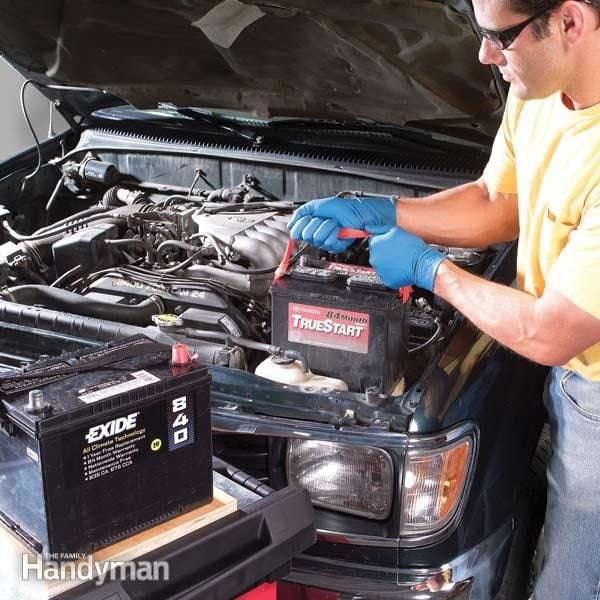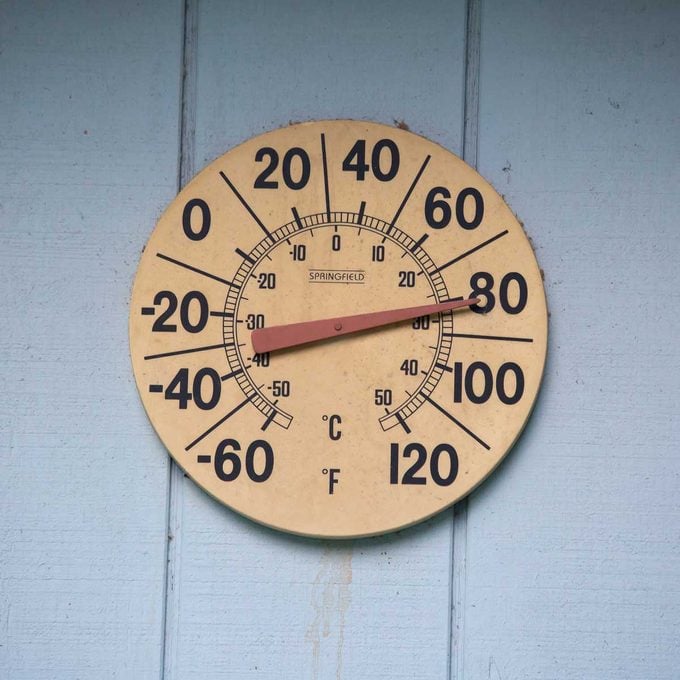If your car battery keeps losing its charge, don't ignore it. Here's why it happens and what you should do about it.

What Drains a Car Battery?

If you come out one morning and discover a dead battery, it could be a one-time quirk from leaving the interior or headlights on overnight, especially if the battery revives with a jump-start. But a “one-time” no-start condition should be a warning that there may be a problem lurking that will leave you stranded on the side of the road. Wondering what drains a car battery? Here are the most common reasons.
Safety First! A battery contains sulfuric acid that can cause serious burns. Always wear gloves and eye protection when working around a battery or jump-starting a car. If you come into direct contact with battery acid, flush with plenty of water and get medical attention immediately.
On This Page
Charging System Problems
A faulty charging system will drain the battery if you’re using the radio, lights and other high-current-draw accessories while driving. Although the charging system consists of many parts, the alternator is the heart of the system. It recharges the battery when the engine is running.
A defective alternator can kill a battery if bad diodes or an internal voltage regulator prevents it from charging the battery. Or a diode can leak, allowing current to flow after the vehicle engine is shut off. A worn or loose drive belt, or a weak belt tensioner, will also interfere with charging.
Parasitic Drain
Parasitic drains are also capable of killing a battery. They’re caused by short circuit or an electrical device that remains “on” when it should be off. Common parasitic drains include bad light switches in the glove box, under the hood or in the trunk. The bad switch allows these lights to come on when they shouldn’t, then doesn’t turn them off. Late model vehicles have clocks, radio presets, security alarms, computer modules and other sophisticated systems that constantly drain the battery. If your car sits for a few weeks without being started, these normal drains may lower the battery voltage enough on a two- or three-year-old battery to keep your engine from turning over.
Poorly-installed aftermarket accessories like sound system amps, lighting, power inverters can drain the battery and cause mayhem with sensitive electrical systems. Plus, they can be extremely difficult to pin down.
Short Drives
What else drains a car battery? Starting your car draws the most power from the battery. Not giving the alternator a chance to recharge the battery could explain why the battery continues to die, or doesn’t seem to last long as it should.
But it Could Be the Battery

A weak or poorly maintained battery is usually the main reason a battery dies. If you do not have a sealed battery, remove the battery caps and top off the battery “cells” (about 1/2- to one-inch from the top of the battery) with distilled water. A dirty battery top can “leak voltage” between the terminals draining the battery when not in use. NOTE: Before removing the battery caps, clean the top of the battery with a brush and solution of 1/4-cup baking soda and one-quart clean water to keep dirt and debris from falling into the cells.
Make sure the battery is securely seated in the battery tray. A loose battery that is bouncing around can short internally, causing it to discharge. Having the positive terminal short to the vehicle body can result in a fire or explosion. And remember, batteries do not last forever. Depending on the climate and driving conditions, expect to replace your battery every three to five years.
Battery Terminals
Corroded or loose battery terminals can not only keep your car from starting, but prevent the battery from fully recharging as you drive. Clean the terminals with a baking soda solution before removing them from the battery (ALWAYS REMOVE THE NEGATIVE CABLE FIRST!). Clean the terminals and battery posts with a wire brush, then snugly tighten.
Extreme Temperatures

Extreme temperatures wreak havoc with a battery’s chemistry. Cold slows the chemical reaction, heat speeds it up. The high heat of summer keeps a battery from recharging because water evaporates from the battery’s electrolyte, preventing chemical energy from converting back to electrical energy. Adding distilled water to a battery may rejuvenate the electrolyte. If not, it’s time for a new battery.
(Battery electrolyte is a mixture of water and sulfuric acid that produces a liquid that conducts electricity. Because it’s highly acidic, it’s referred to as battery acid. It’s the same principal as the time-honored fifth-grade science experiment where you stuck a nail and a penny in a lemon. The lemon’s citric acid conducted a tiny amount of measurable electricity/voltage between the two metal objects.)
On the other hand, a battery only has half of its potential power at 0 F. At the same time motor oil thickens, requiring more battery power to start a vehicle. Never attempt to jump-start a frozen battery — it can explode. It also means it’s time for a new battery.
All batteries eventually die of old age. Basic battery maintenance can prolong a battery’s life and help prevent it from discharging. Once per month, check the battery terminals for corrosion and be sure they are clean and tight. Check the electrolyte level in batteries with removable caps and make sure the battery is secured in its tray.




















